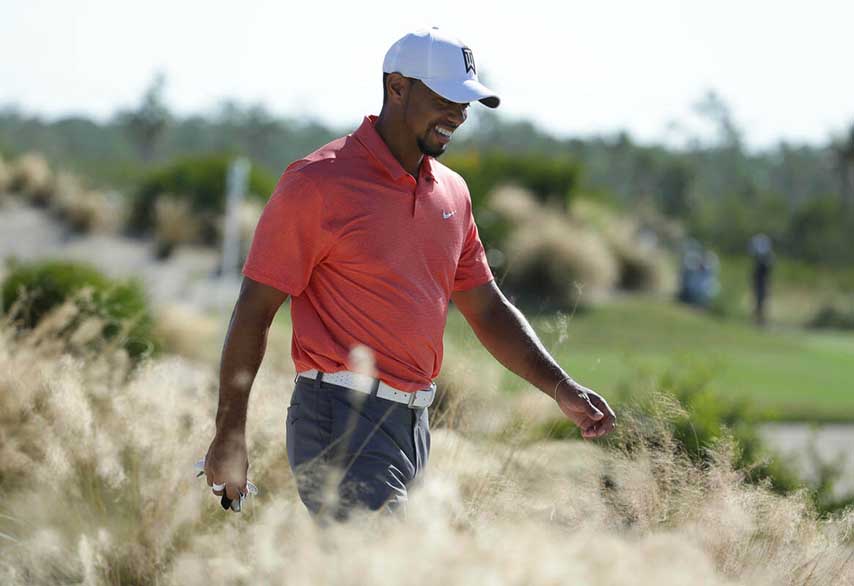Tiger Woods had his first back operation in March 2014 and two more in September and October 2015. He admitted he had been too quick to return to action after those operations, as well as knee and Achilles injuries, and he decided to convalesce for the whole of the 2016 season.
Now he has undergone a fourth “successful” operation (back fusion surgery) and the questions have become even more acute than after his aborted comeback in February and his withdrawal from the US Masters: will he ever be able to play competitively again?
Earlier this week when announcing his latest course design project in Ridgedale (Missouri), he joked about anticipating his PGA Tour Champions eligibility. That is still nine years away but his business and professional interests already seem to be taking a different path to any ongoing quest for more major championship victories (the last one of 14 came at the 2008 U.S. Open).
He has been on a media tour to promote his co-authored book commemorating his 1997 victory at Augusta National and golf course design business is growing.
In the meantime we only have the medical verdict. “The surgery went well, and I’m optimistic this will relieve my back spasms and pain,” said Woods, who last played in the Dubai Desert Classic in February after a long plane journey widely considered to have been unwise under the circumstances (and with the benefit of hindsight).
Woods hit a few shots at Big Cedar Lodge – where his company TGR Design will be building its first public-access course – a few days ago, later admitting: one was terrible (it fell short and caromed off the rocks short of what will become the green) and one was “stiff,” about three metres away from the pin.
He gave no hint of his pending surgery. “The back is progressing,” he declared. “I have good days and bad days.” Then he had surgery on the Thursday. According to the doctor who carried out the operation, patients typically return to full activity in about six months.
Tiger’s website explained: “Due to previous herniations and three surgeries, Woods' bottom lower-back disc severely narrowed, causing sciatica and severe back and leg pain. Conservative therapy, which included rehabilitation, medications, limiting activities and injections, failed as a permanent solution, and Woods opted to have surgery. The procedure was a minimally invasive Anterior Lumbar Interbody Fusion (MIS ALIF) at L5/S1. The surgery entailed removing the damaged disc and re-elevating the collapsed disc space to normal levels. This allows the one vertebrae to heal to the other. The goal is to relieve the pressure on the nerve and to give the nerve the best chance of healing. The operation was performed by Dr. Richard Guyer of the Center for Disc Replacement at the Texas Back Institute.”




